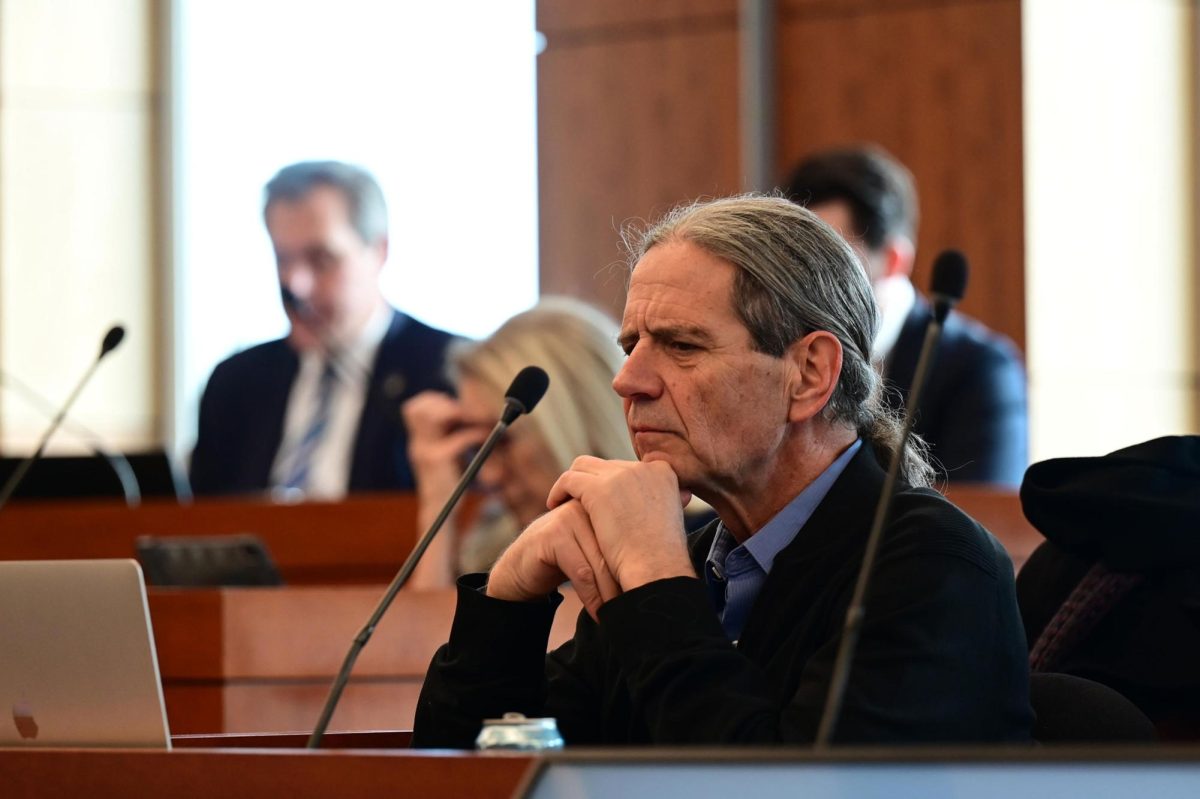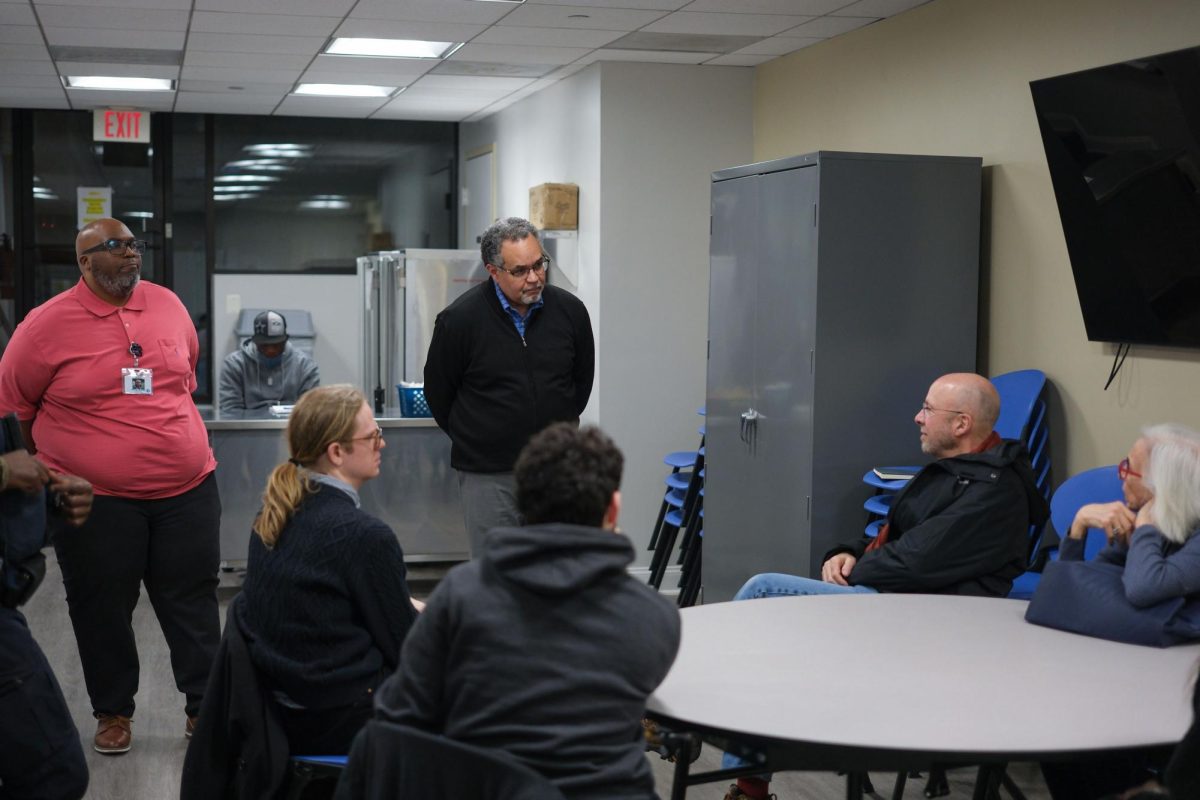Some Foggy Bottom residents are protesting the University’s plans to demolish the Nashman Center for Civic Engagement and Public Service building.
John George, the president of the Foggy Bottom Association, issued a letter to the Foggy Bottom and West End Advisory Neighborhood Commission earlier this month urging commissioners to consider preserving the building because of its long-established roots in Foggy Bottom. But members of the University and ANC are resisting the calls for reversing the plans, saying the building isn’t qualified for preservation without historic site designation from the District.
“The FBA asks the ANC to request that GW consider preserving the house and perhaps incorporate it into the eventual new development,” the letter reads. “Although the house is not currently a protected historic site, by virtue of its age and qualities, it could be nominated for inclusion in the D.C. inventory of historic sites.”
Officials announced their intention last month to demolish the building after the Nashman Center offices move into the new Hillel building on H Street in late April or early May. The Nashman Center building, also known as the Waggaman House, is the only remaining row house of the original 11 that developer Thomas Waggaman built in 1886 before GW purchased the then-residential building in 2000.
The building has since housed the Nashman Center and previously housed the women’s, gender and sexuality studies program.
George said in the letter to the ANC that the Waggaman House serves as an “irreplaceable reminder” of Foggy Bottom’s history and said the issue is a matter of historic preservation. The building is the last of more than 50 row houses built on the block, according to the FBA’s letter.
“This is about, just plain and simple, historic preservation,” George said. “Let’s see if we can be reflective and thoughtful about this, but let’s keep building our collaborative efforts together so that we can feel both satisfied as we move into the future wherever that’s going to lead us.”
An FBA webpage also states that the building’s destruction would make the currently occupied lot “noisier and less private” since the house has served as a “buffer” to I Street traffic. Locals are urging the ANC to open discussions about preservation and are not necessarily asking commissioners to request preservation, according to the letter.
George said the FBA hopes to collaborate with officials to “reincorporate” the Waggaman House for a different purpose in which it could house a different University office or division.
“Once you wipe it away, then people forget,” he said. “You could look it up in a book, but it will never be back. And so if you were to reincorporate it in some way, again recognizing feasibility of that, then you recognize what the campus was when it moved to Foggy Bottom in 1912.”
But ANC members have pushed back on the idea of taking extra consideration for the preservation of the Waggaman House. Commissioner Jeri Epstein, the chair of the ANC, said she’s “positive” there will be no further negotiations regarding the building’s preservation because officials already agreed with city leaders on plans to fill the area with green space in the University’s 2007 Foggy Bottom Campus Plan.
“There is no room for negotiation, and the reason I say that is these agreements have been so carefully crafted with so many lawyers and so much input from the neighborhood, the University, the city, the neighborhood lawyers, the University’s lawyers and the city’s lawyers that it was the best agreement everybody could get and that we could all agree to,” Epstein said.
She said commissioners agreed that the Waggaman House was an old building, but it had no historical significance worth preserving.
“It’s always a balance between ‘Do we keep all the old stuff and do nothing new?’ or ‘Do we agree to preserve what makes sense out of the old stuff and continue to move forward?’” she said.
Kevin Days, the University’s director of community relations, said officials intend to continue their plans to demolish the building despite backlash from the FBA. He said the University’s 2007 Foggy Bottom Campus Plan identified several buildings around campus that were worthy of historic preservation, but the Waggaman House was not included in that list because officials didn’t consider it “worthy of historic designation.”
“I understand that this is an old building, but an old building is not a historic building,” Days said at an ANC meeting earlier this month. “And we believe that we’ve gone through that process, and we have an agreement with the city that supports our decision to move forward.”
Days said officials believe that clearing the lot for additional green space serves as the “best use” of the location and wouldn’t make the area any noisier.
“The University understands that there are select members of the community who may object to the removal of the building at 837 22nd Street,” he said in an email. “The University has met with representatives from the Foggy Bottom Association and Advisory Neighborhood Commission 2A and will continue to address any concerns raised.”
Days said officials won’t have any other use for the building after the Nashman Center relocates and will schedule the demolition of the building after the offices move into the Hillel building in April or May. City officials haven’t yet approved the University’s raze permit to destroy the site, he added.
The D.C. Office of Planning’s Historic Preservation Office said in a statement provided to The Hatchet that the building never received a historic designation because it’s isolated from any other similar row houses while surrounded by newer buildings on a site with planned facility upgrades.
“As the last remnant of an original row of 11 matching buildings, set amid newer high-rise buildings and isolated from the context of similar older buildings, its historic integrity is significantly compromised,” the office stated. “In addition, it sits on a prime site identified for a new building under the master plan, which steers major construction onto 22nd Street and away from the designated historic district.”








